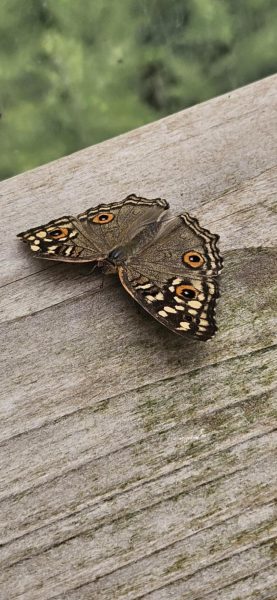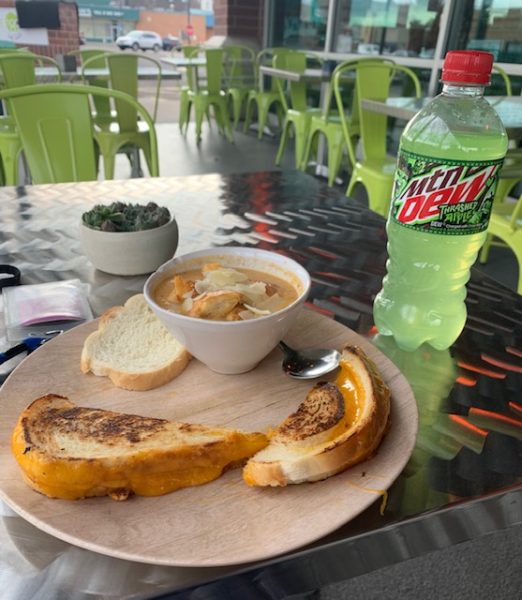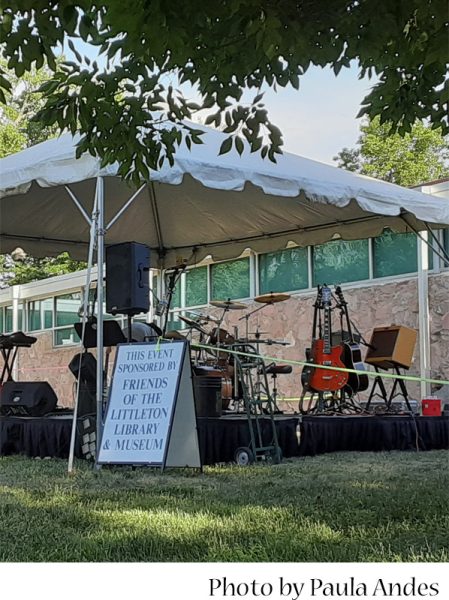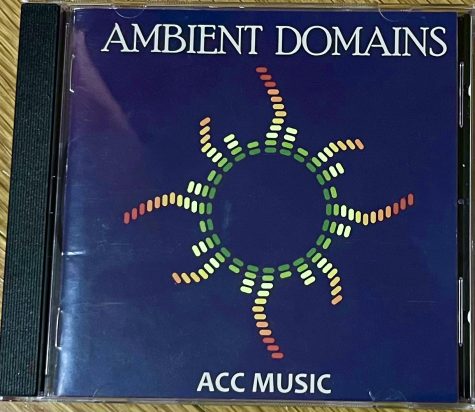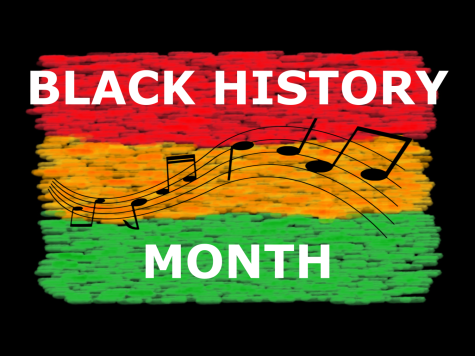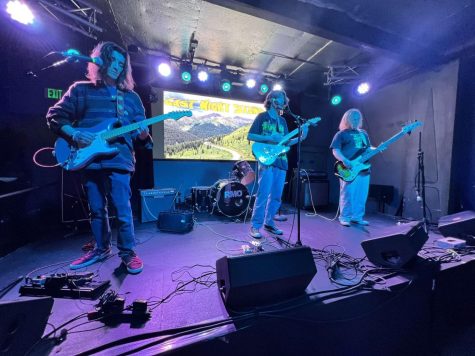Fine Arts Center in Colorado Springs

Image via Kim Wagner
Tom Kenney Comes Home, 1944
My family recently visited the Fine Arts Center in Colorado Springs (FAC) and was very impressed. I’ve always enjoyed the more intimate museums where I can take my time and savor the silence and the artwork. Within the FAC is a museum, theatre and art school. Their permanent art collections are well organized and nicely displayed, and included in their permanent collection are works by John Singer Sargent, Georgia O’Keeffe, Walt Kuhn, Andy Warhol, Paul Pletka and Dale Chihuly. Each gallery has comfortable couches, chairs and reading material, if you desire to learn more about the paintings surrounding you.
The highlighted artist during our visit was Frank Mechau, a Coloradoan who painted in the early 1900’s. Mechau grew up in Glenwood Springs and went on to study painting in Denver, Chicago, New York City and Paris. He returned home to Colorado in the 1930s to paint and to teach at the Broadmoor Arts Academy.
In 1934, as a result of the New Deal Art Program, the U.S. Government awarded Mechau a commission to paint 11 murals for display in public buildings. One of these murals, Horses at Night, hangs in the Denver Public Library and was said to be one of the finest paintings made through the New Deal Art Program. His commissioned murals can be seen in Texas, Nebraska, Washington D.C. and Colorado. There are a few controversial murals that have been requested for removal because of their negative portrayal of Native Americans. One of them, the 13-foot wide mural Dangers of the Mail was painted on the 5th floor in the Ariel Rios Federal Building in Washington D.C. This building formerly housed the U.S. Postal Service, and is currently leased by the Environmental Protection Agency. EPA employees, especially those of Native American descent, have complained that the mural depicts Native Americans as cowards, stabbing white men in the back and scalping naked, white women. In response to these complaints, the mural is now concealed by a large project board posted with information about the EPA’s Indian Environmental Assistance Program, until the government can make a decision about its future. Supporters of the mural are concerned that the removal of the artwork will begin the censorship of any public art that offends someone, regardless of historical value.

Dangers of the Mail, 1934
Mechau’s artwork combined Modernism with Italian Renaissance, Japanese and Chinese painting styles. He painted many different subjects – the realities of the West, the fantastical West, the new American pastime of football and also heartwarming family scenes.
In 1936, Mechau designed a 60-foot mural for the opening of the FAC. The mural, Wild Horses, was painted in the buon fresco Italian tradition and can be seen in the museum courtyard. The shape and color of the horses suggests the influence of modernist abstraction painting.
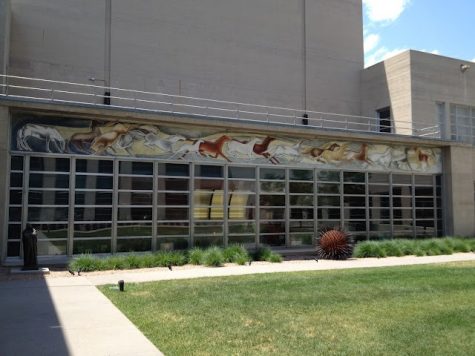

Wild Horses, 1936
The Denver Post’s Ray Rinaldi describes his painting Football Abstraction as “a faceless tangle of uniformed players, presenting an impressionistic view of the sport’s organized chaos and athleticism.”
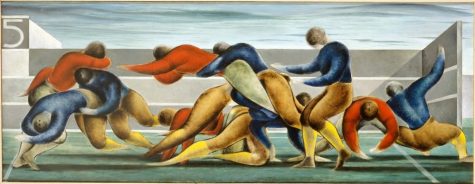
Football Abstraction, 1932

Red Mountain, 1937
Mechau loved his home on the Western Slope. While traveling the world he always had “an extreme desire to get back to nature and life in Colorado.” (www.FrankMechau.com)

Tom Kenney Comes Home, 1944
Mechau was awarded 3 Guggenheim fellowships. Sadly, he died at the age of 42 from a massive heart attack. His paintings are currently exhibited in such prestigious museums as the Metropolitan Museum of Art and the Museum of Modern Art in New York. The sketch below is of his wife Paula.
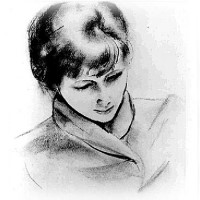
The Mechau exhibition at the FAC is open through May 15.



